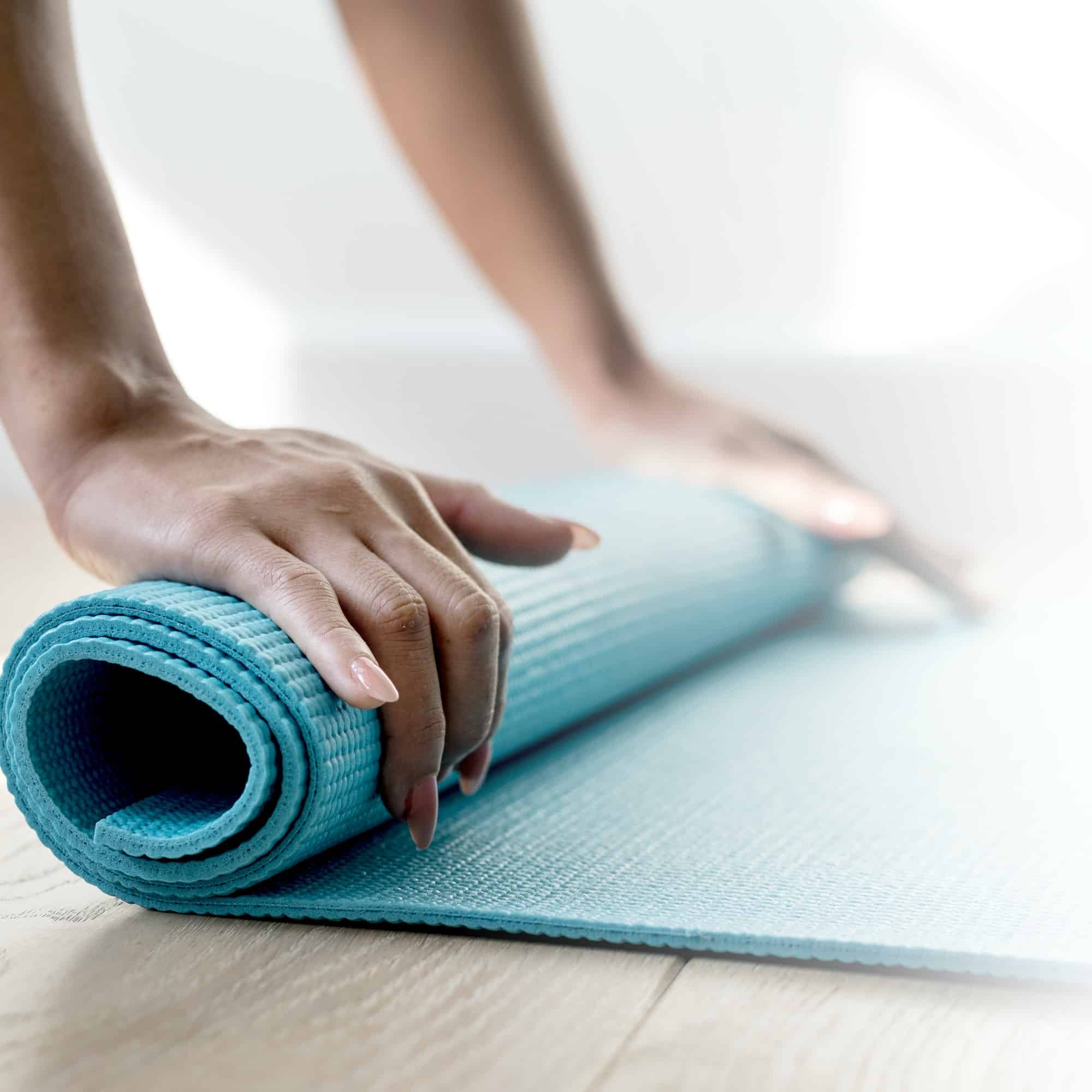Medial Apophysitis Rehabilitation: A Focus on Strength and Recovery
This post is dedicated to enhancing strength and promoting recovery from Medial Apophysitis, also known as Little Leaguer’s Elbow. Incorporating these rehabilitation exercises into your routine can improve your overall wellbeing and specifically target symptoms of Little Leaguer’s Elbow.
These exercises, which can be conveniently performed at home, are designed to improve your mobility and overall health. If you’re just getting back into the swing of regular exercise, rest assured that these strength exercises are gentle and easy to follow.
Dive into our comprehensive blog to discover a plethora of additional exercises, each offering new opportunities to elevate your fitness journey.
Warming Up: The Essential Pre-Exercise Routine
Before diving into these Medial Apophysitis rehabilitation exercises, it’s crucial to prepare your body with a warm-up routine. Start with 5-10 minutes of light cardio, such as brisk walking or jogging, to gradually increase your heart rate. Follow this with dynamic stretches – think arm circles and wrist rolls – to loosen up your muscles and joints. Remember, the goal of a warm-up is to increase your body temperature and flexibility, reducing the risk of injury and improving your performance. Every workout should start with a warm-up, so make this an unskippable part of your fitness routine. Your body will thank you!
Medial Apophysitis (Little Leaguer’s Elbow) Rehabilitation Exercises

Want More Exercises?
These focused exercises have been meticulously curated by a trained therapist, ensuring their safety and effectiveness. For a more comprehensive guide, we recommend visiting the NHS website on Strength and Flexibility exercises. Simply input ‘Medial Apophysitis rehabilitation exercises’ in the search bar to find detailed instructions and advice.
Please note, fmknot.co.uk is not responsible for the content of external sites. While we strive to provide accurate and beneficial information, we strongly recommend consulting with a healthcare professional before embarking on a new exercise regimen.

